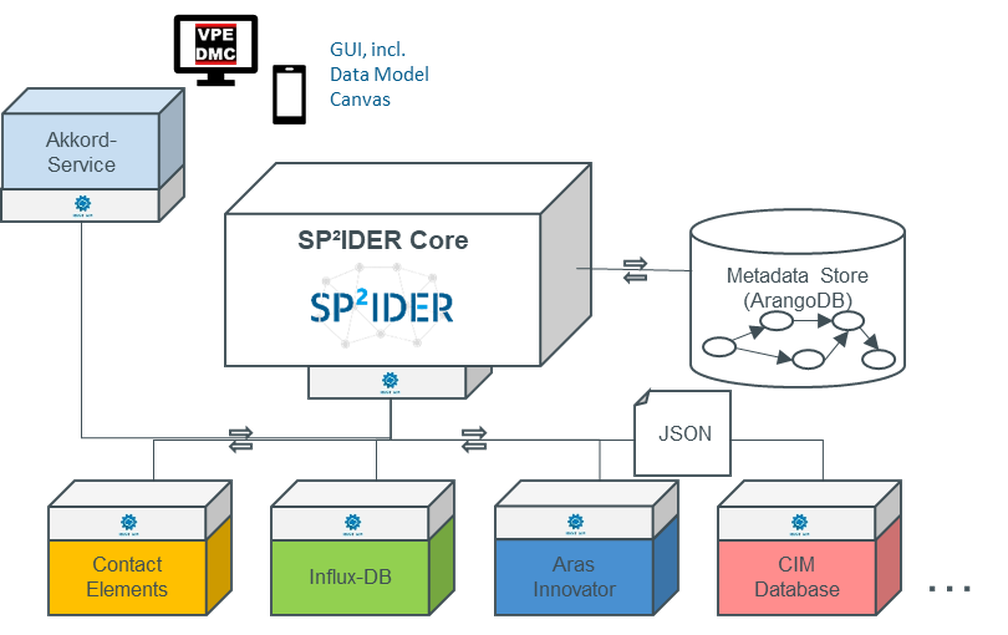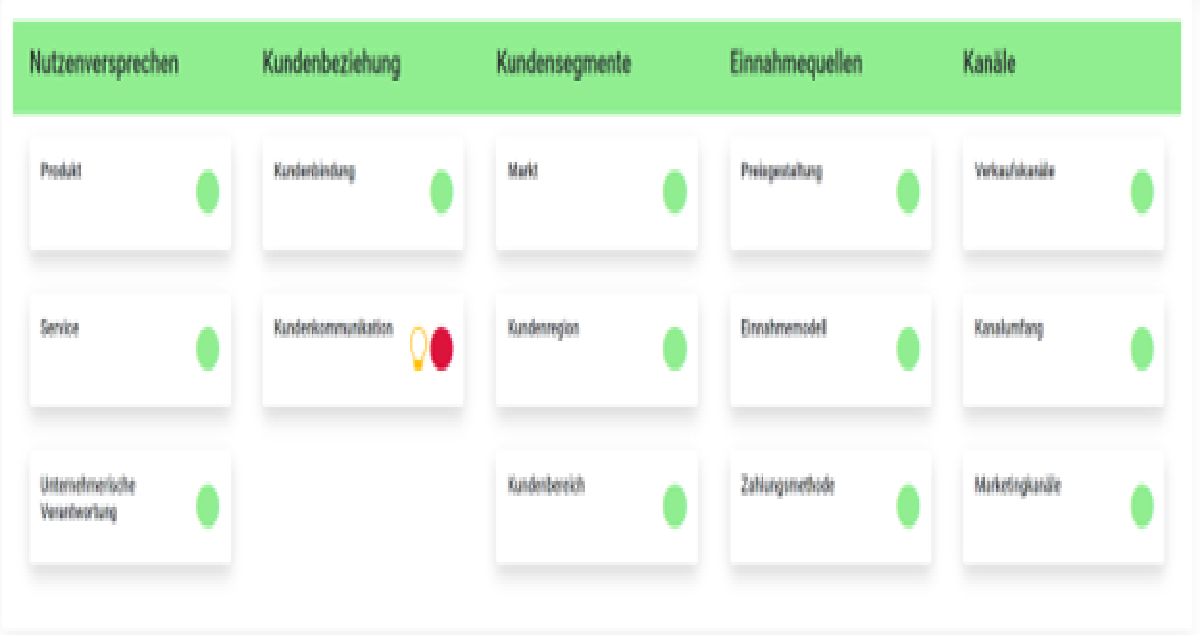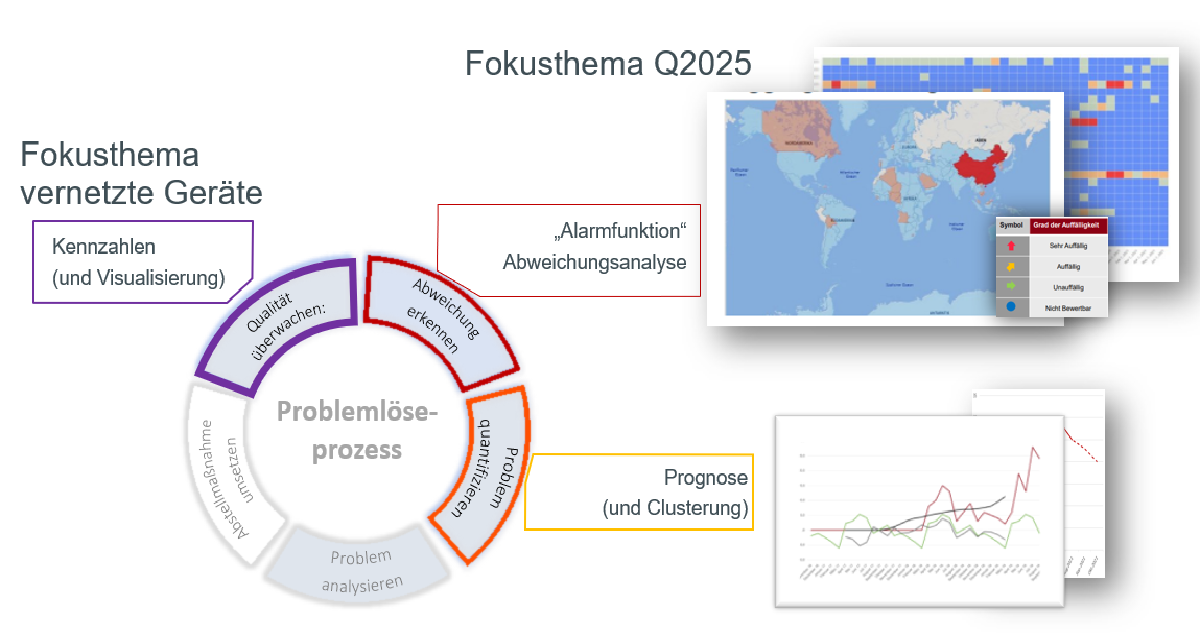Second work report on Use Case 7 „Business model development “
Initial situation and objective
Online stores and social media sites generate millions of new product and service reviews every day. Nevertheless, providers often do not know how customers rate a product or what changes they would like to see. Companies could use this online data to improve their products and their underlying business model. Therefore, Use Case 7 aims to systematically capture texts from online sources such as web stores and social media platforms, and evaluate them automatically. Due to the nature of the data, the focus is on the customer perspective within the business model. By linking the customer-focused data with the business model, strengths and weaknesses in customer communication can be revealed and measures derived.
Procedure for the analysis and visualization of the data
The subject of Use Case 7 is drawing conclusions from online store and social media data about the business model in order to derive threats and potential for the business model. In the first step, suitable sources with product or service evaluations are identified and crawled. In the next step, this data is stored, preprocessed, and analyzed using natural language processing (NLP) methods. In this specific case, an aspect-oriented sentiment analysis is applied. Relevant noun-opinion word combinations are extracted and then mapped to areas of the business model. The general workflow is shown in Figure 1, which also shows the prototype’s dashboard on the right. In addition to the superordinate categories within the dashboard, the subcategories of the business model taxonomy have now also been implemented in the prototype. All reviews can be filtered by subcategory, sentiment, or creation period.

Figure 1: Procedure for data evaluation and visualization
An advantage of the analysis in addition to the overall view of customer opinion on a product line in the business model is the fact that customer sentiments can be captured faster than with traditional surveys or interviews. For the areas in the business model that are perceived as critical by customers, recommendations are made based on Business Model Patterns that fit the critical category in terms of content and provide initial impetus for possible measures (see Figure 2). This creates a link across the entire business model, as recommendations also relate to production processes or supplier relationships, for example.

Figure 2: Example of Business Model Pattern recommendation for critically perceived categories
Evaluation of the use case results with ERCO and Miele
The prototype developed in Use Case 7 was tested by Miele and ERCO employees and a small team of researchers. The aim was to find out whether the software prototype works as expected and provides useful insights. For this purpose, the participants completed smaller tasks, such as “Look at a positive evaluation in the area of value proposition“ and evaluated them at the end within a questionnaire. The questionnaire also contained measurements of the user experience. At Miele, products from the laundry care sector were considered, at ERCO the consulting services in lighting projects were evaluated.
The results and further steps were discussed with both companies after the evaluation of the results. It emerged that the prototype is quite suitable for obtaining an overall view of customer opinion on a product or product line. Some evaluations are still inappropriately assigned by the NLP process, especially if linguistic devices such as irony were used. Overall, the prototype already represents the customer opinion of a product within the framework of the business model well. The procedure is easily transferable, especially for business-to-consumer (B2C) companies. In the business-to-business (B2B) area, it should be checked on a case-by-case basis whether a database is available that is large enough to derive meaningful findings and measures from it.
Summary and outlook
The prototype has now reached an advanced stage. Currently, the recommendations of Business Model Patterns for critically perceived business model areas are being improved by not only referring to a superordinate category, but by addressing concrete sub-aspects (e.g., quality or warranty of a product). In addition, a second method for NLP analysis will be compared with the first to enable a possibly even more accurate classification of reviews into positive, neutral, and negative aspects. Above all, however, the analyses from Use Case 7 will now be integrated into the AKKORD toolkit and thus made available to the public for data evaluations.





